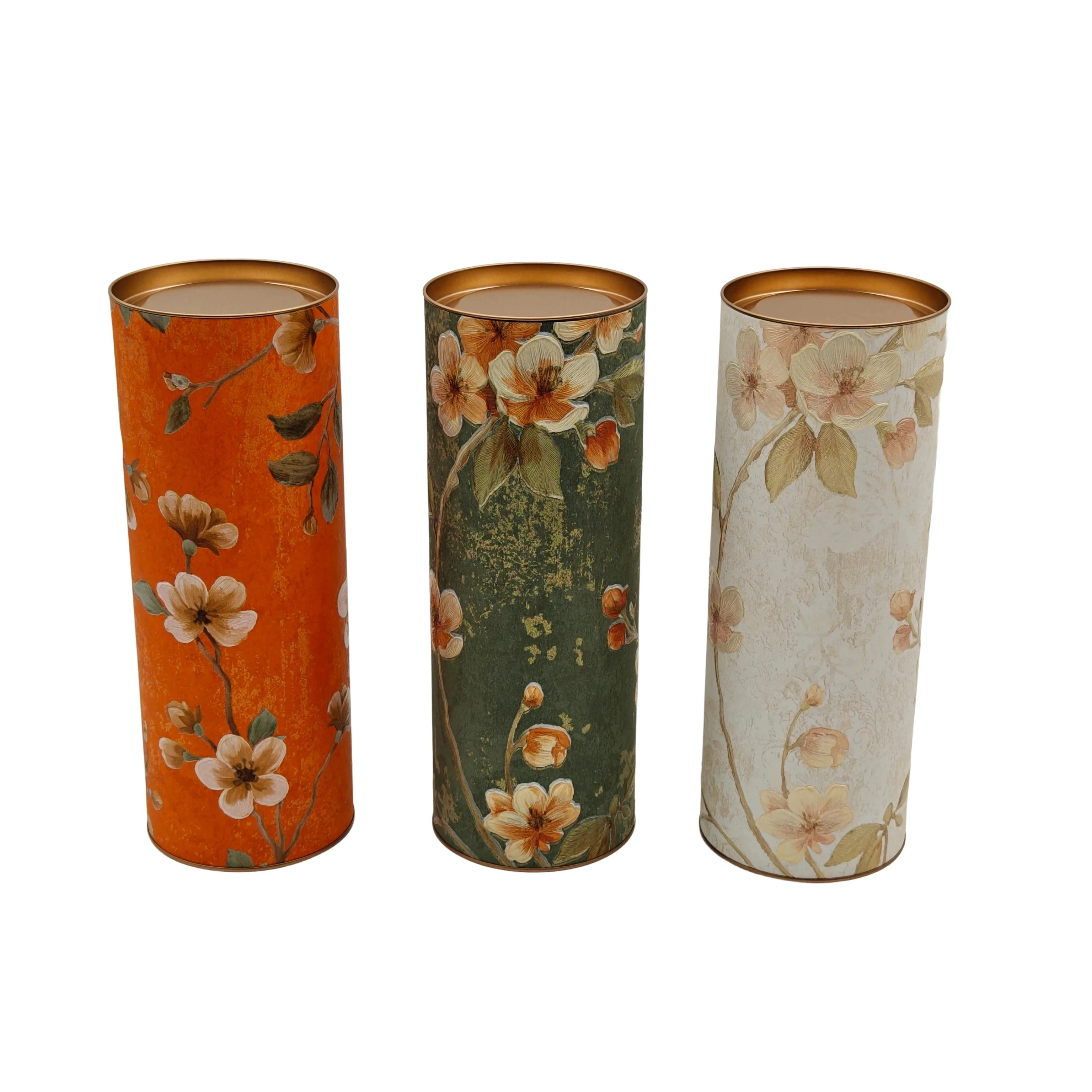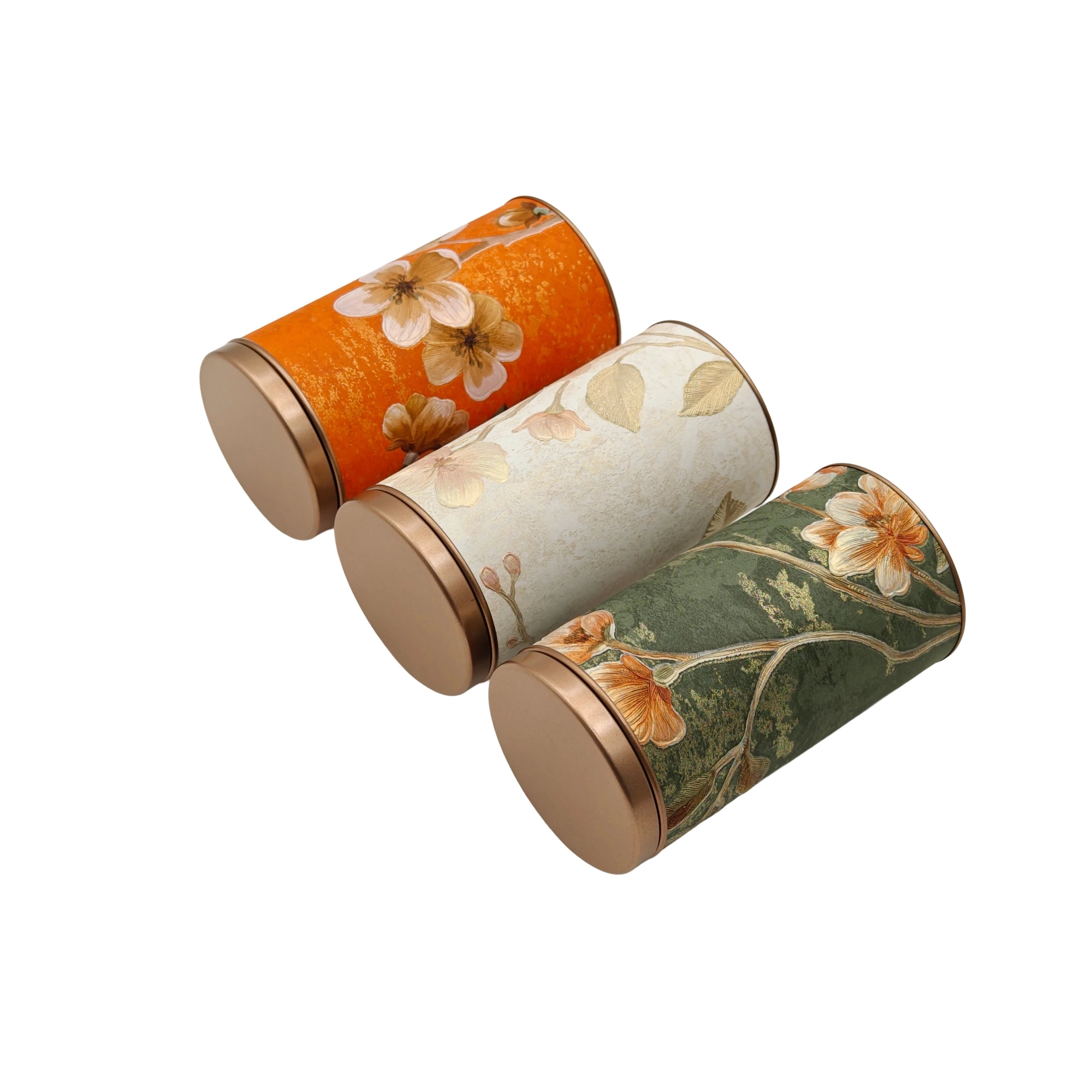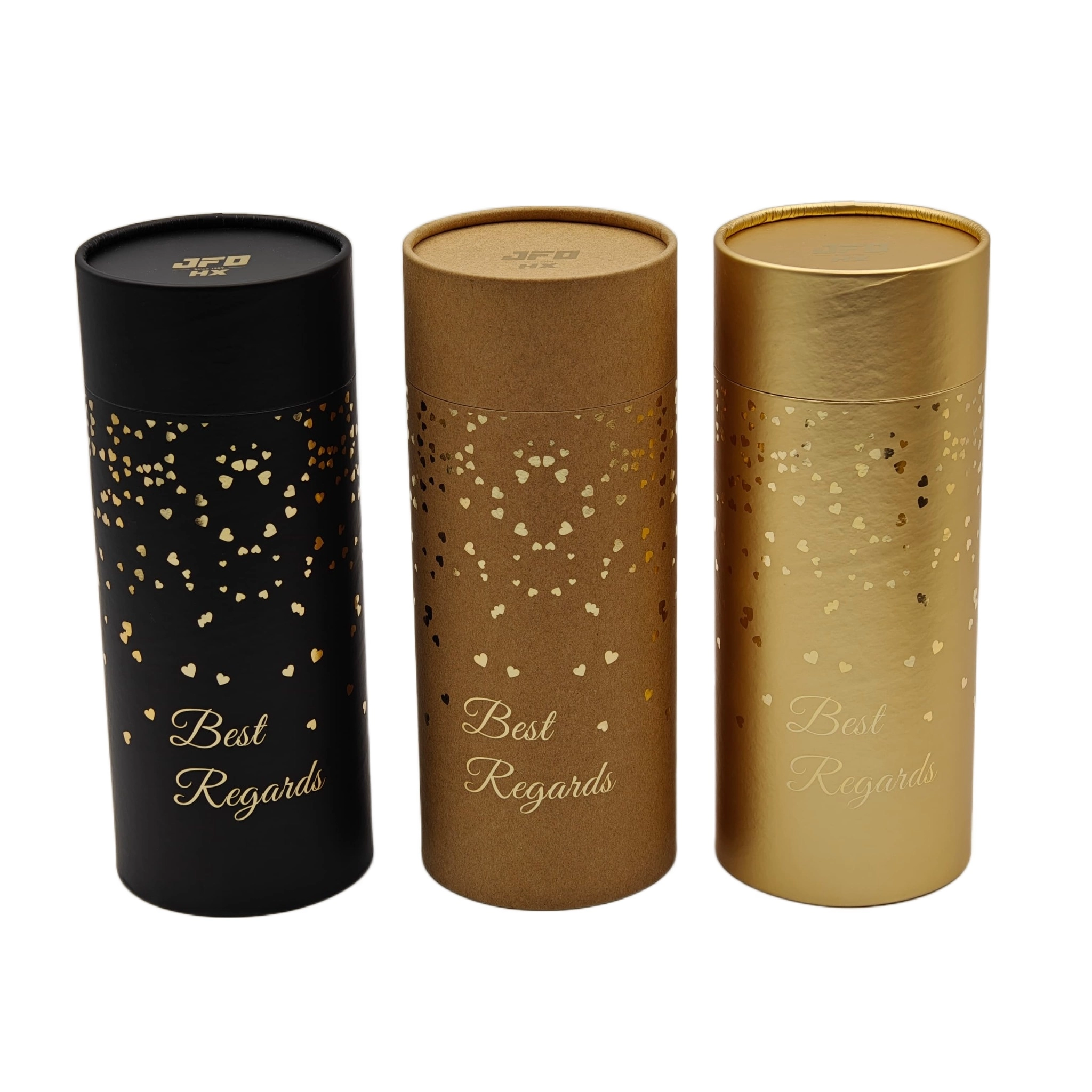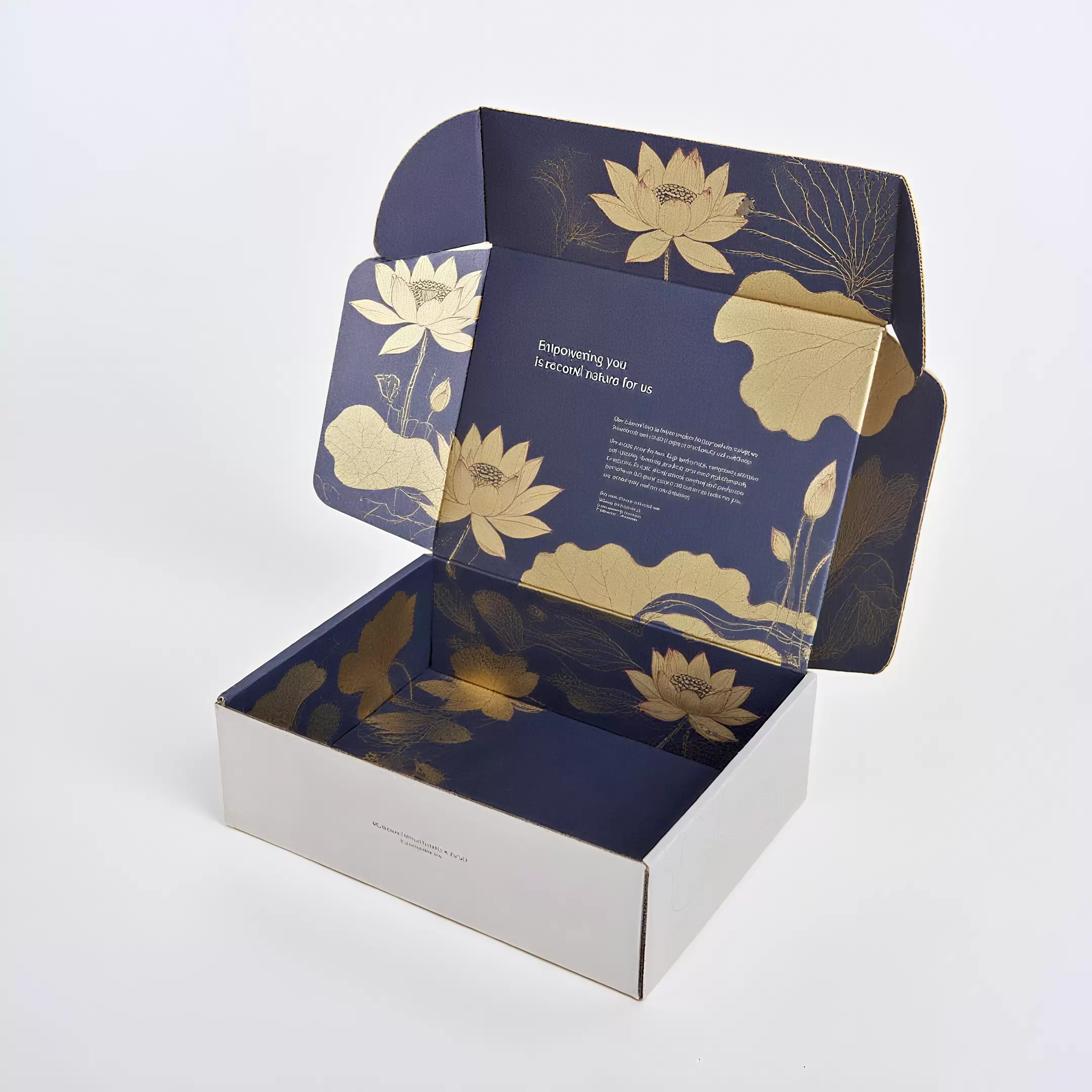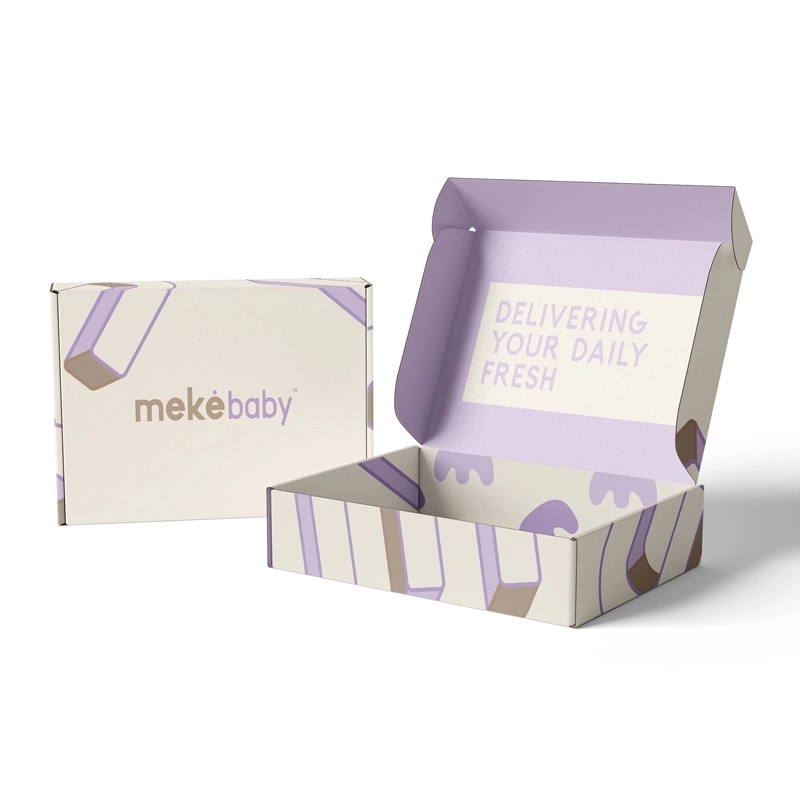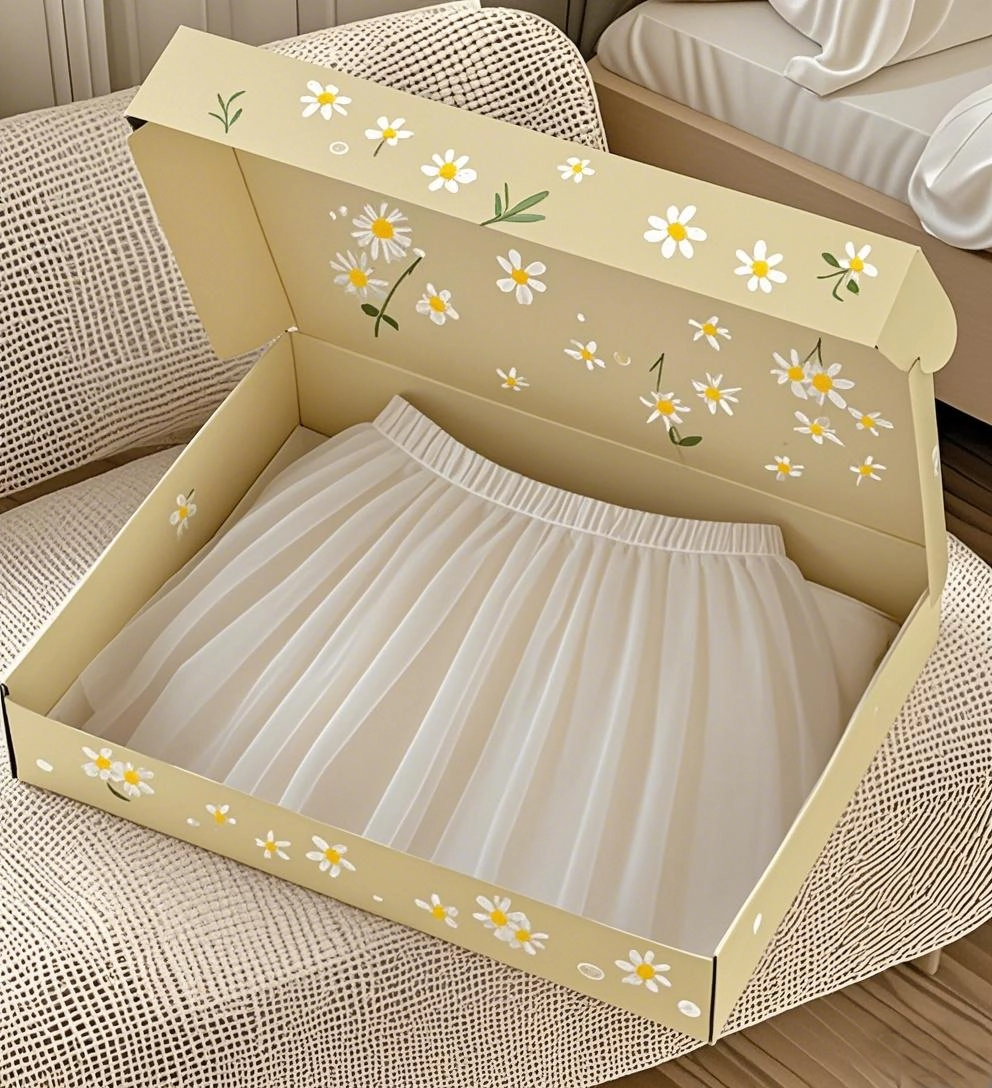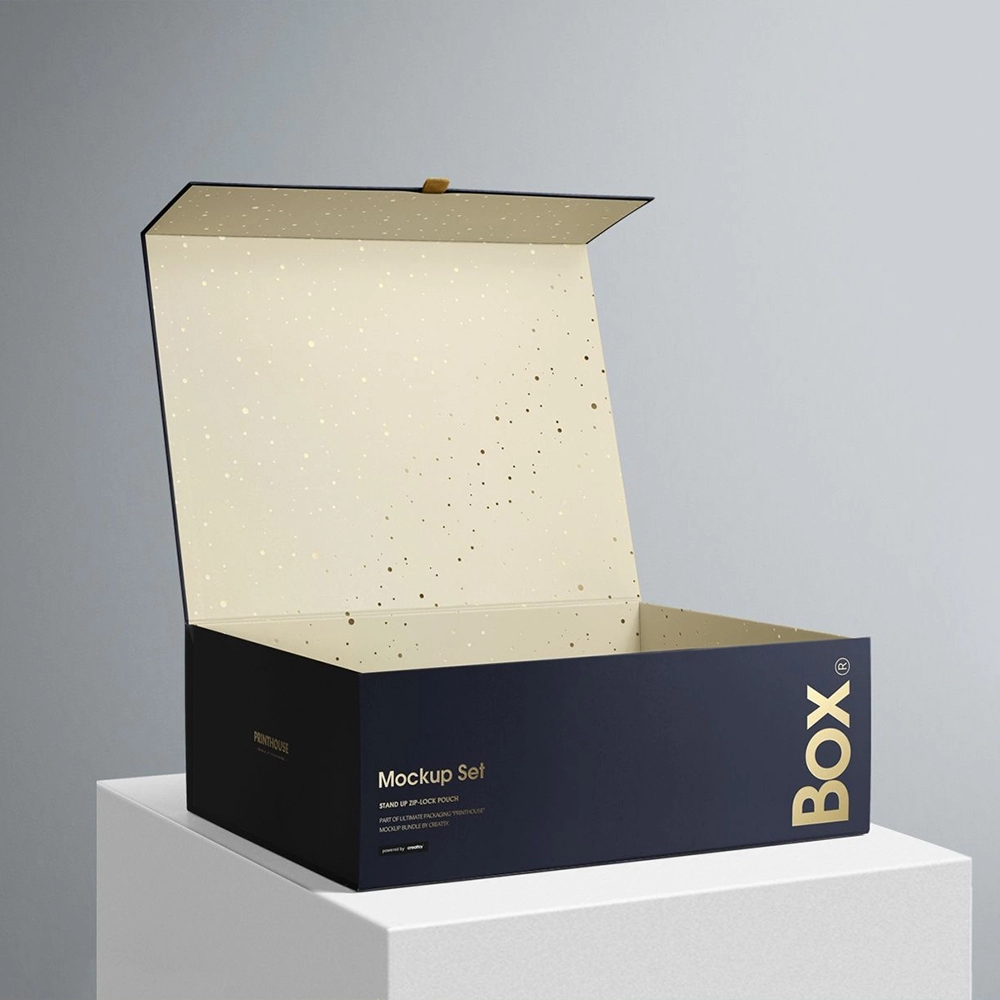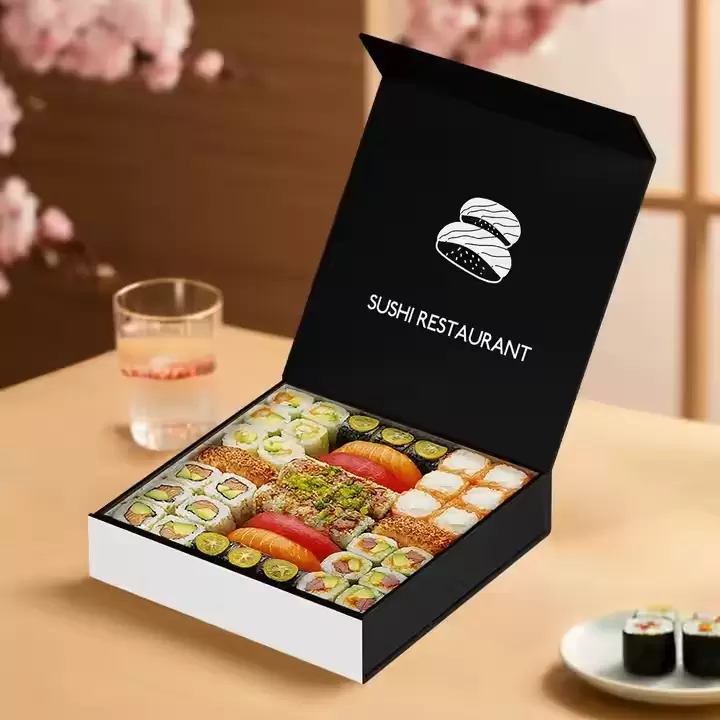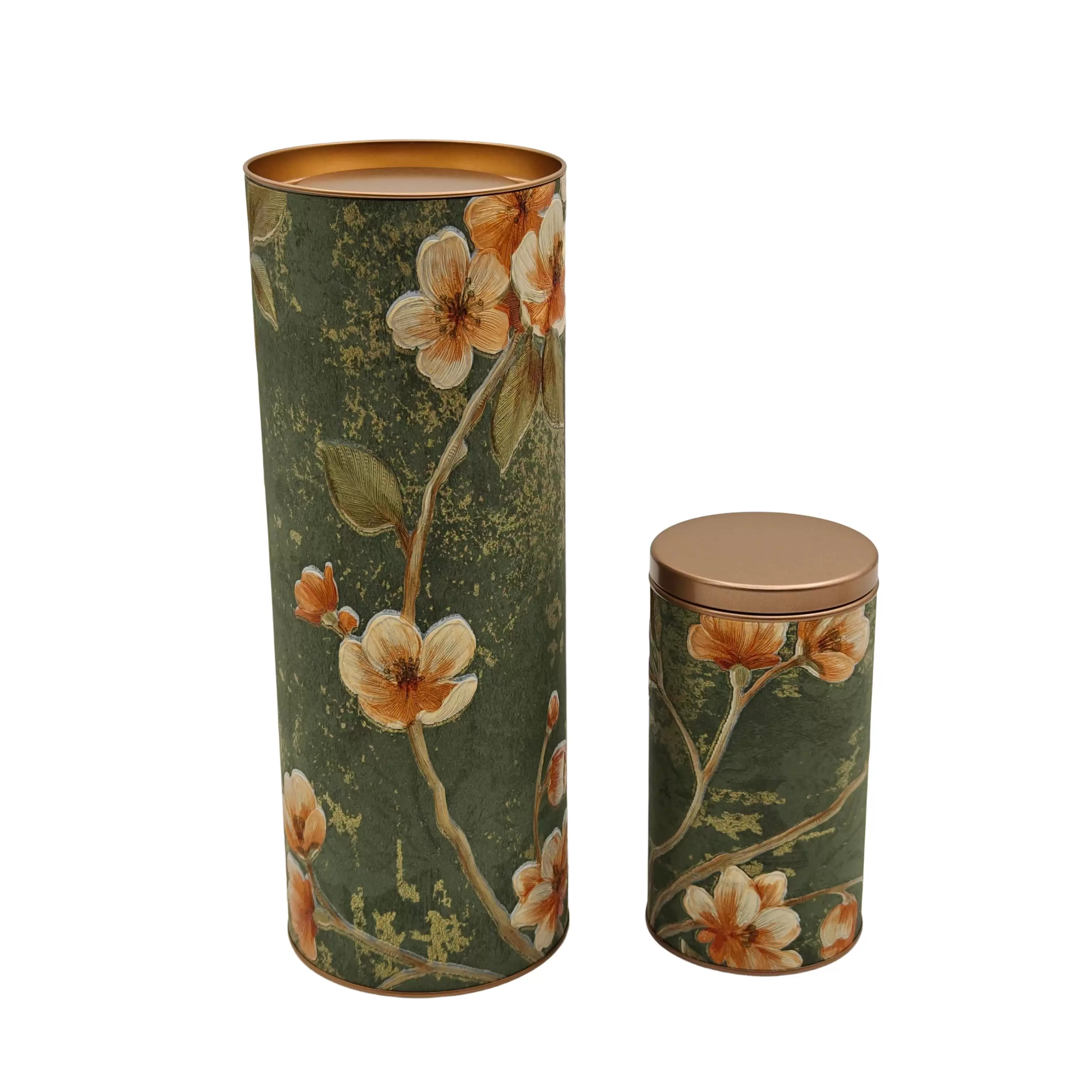
In an era where sustainability and environmental consciousness are paramount, businesses are increasingly seeking innovative solutions to minimize waste and maximize resource efficiency. Among these, cardboard tubes stand out as a versatile and eco-friendly material with significant potential in the circular economy. Whether used for packaging, transportation, display or as a creative material for handmade artworks, HENGXING PAPER BOX's cardboard tubes can provide ideal solutions to meet the needs of different industries and customers. Its fine craftsmanship and customized services make this product the first choice for many businesses, demonstrating the professional strength and innovative spirit of HENGXING PAPER BOX in the field of cardboard products.
— The Green Credentials of Cardboard Tubes
1. Renewable and Recyclable Material
At the heart of cardboard tubes' appeal lies their use of renewable cardboard as a raw material. Cardboard is derived from trees, a renewable resource that can be replenished through responsible forestry practices. This fundamental characteristic sets cardboard tubes apart from many other packaging materials, which often rely on non-renewable or less eco-friendly sources.
Moreover, cardboard tubes are highly recyclable. Once their useful life has ended, they can be easily collected, processed, and transformed into new products, thereby closing the loop in the circular economy. This recyclability not only conserves natural resources but also reduces landfill use and associated greenhouse gas emissions, contributing positively to global efforts to combat climate change.
2. Biodegradable Nature
In addition to being recyclable, cardboard tubes are biodegradable. This means that if they do end up in the natural environment, they will decompose relatively quickly compared to non-biodegradable materials like plastic. This biodegradability minimizes long-term pollution and harm to ecosystems, making cardboard tubes a more sustainable option for packaging and other applications.
— Versatile Applications and Personalized Design
1. Meeting Diverse Packaging Needs
Cardboard tubes' versatility is another key selling point. Their structural integrity and customizable nature make them suitable for a wide range of packaging needs. From protecting fragile items during transportation to serving as display stands in retail settings, cardboard tubes can be tailored to fit almost any purpose.
Businesses can further enhance the appeal of cardboard tubes through personalized design. By incorporating branding elements, color schemes, and custom shapes, companies can create packaging that not only protects their products but also reinforces their brand identity and appeals to consumers' aesthetic preferences. This personalization capability sets cardboard tubes apart from generic packaging solutions, offering a competitive edge in crowded markets.
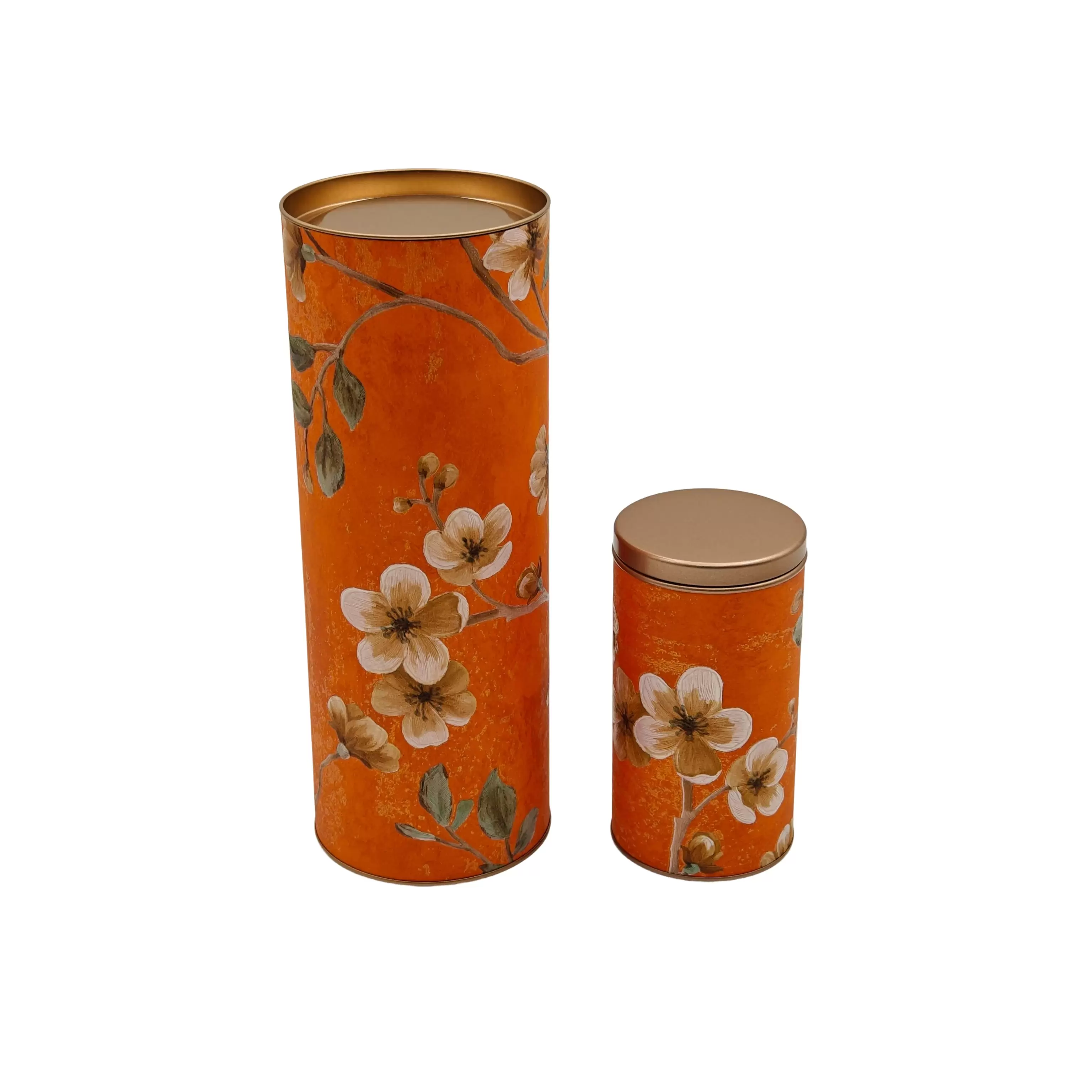
2. Innovative Uses Beyond Packaging
Beyond traditional packaging applications, cardboard tubes have found innovative uses across various industries. In the arts and crafts sector, they serve as the basis for creative projects, from model-making to DIY decorations. In the construction industry, they are used as cores for insulation materials and as templates for building components. Even in the medical field, cardboard tubes have been adapted for use in devices like stethoscopes and splints.
This wide array of applications underscores the adaptability of cardboard tubes and their potential to contribute to a more sustainable and innovative economy.
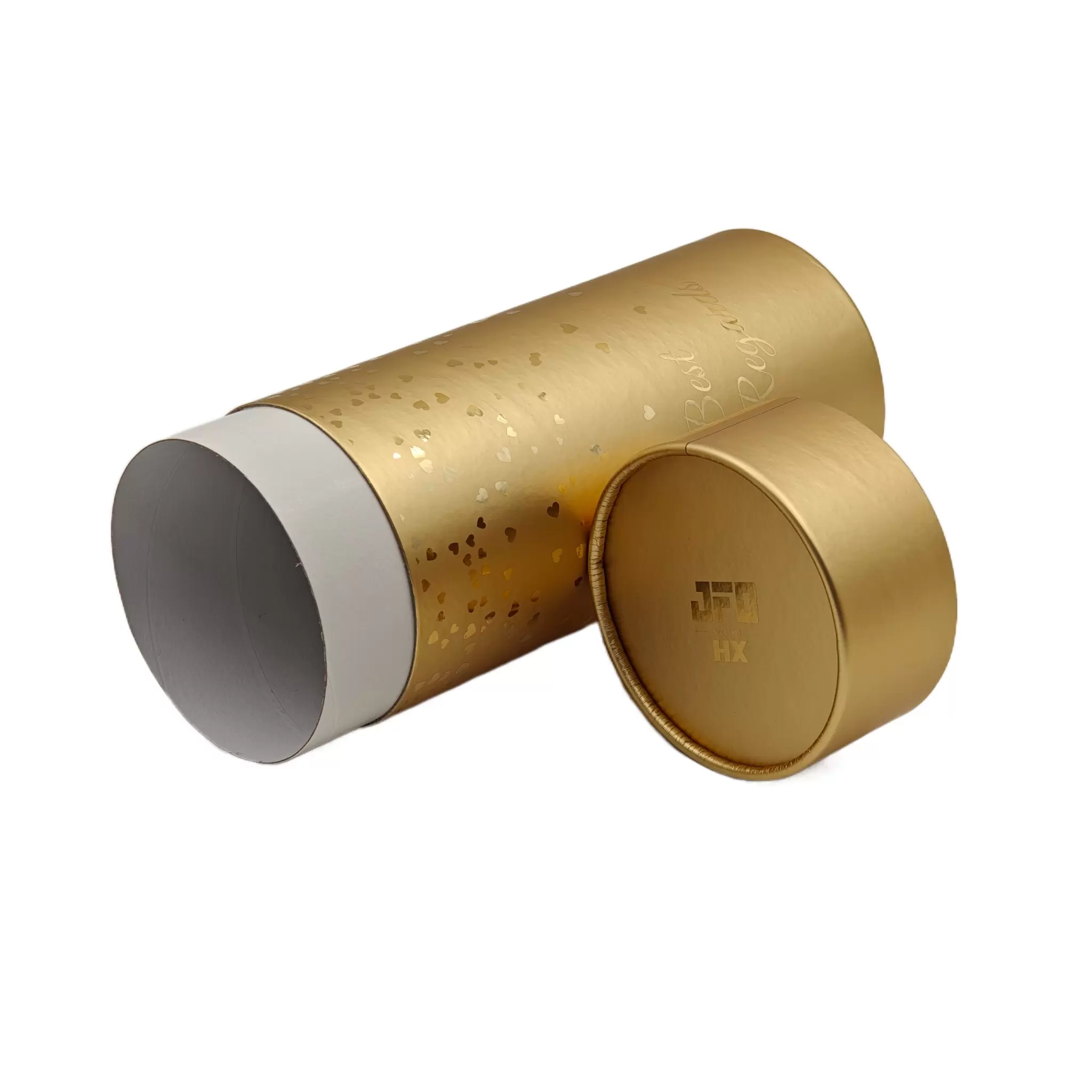
— The Circular Economy Potential
1. Reducing Waste and Promoting Resource Efficiency
In the context of the circular economy, cardboard tubes represent a paradigm shift towards a more sustainable system of production and consumption. By prioritizing renewable, recyclable, and biodegradable materials, cardboard tubes help reduce waste generation and promote resource efficiency.
Their ability to be reused, recycled, and repurposed multiple times over minimizes the need for virgin raw materials, thereby conserving natural resources and reducing environmental degradation. Furthermore, the circular economy model encourages businesses to adopt practices that extend product lifecycles, enhance product recovery, and facilitate material reuse, further amplifying the environmental benefits of cardboard tubes.
2. Economic and Social Benefits
The transition to a circular economy facilitated by cardboard tubes also brings economic and social benefits. By fostering innovation and creating new market opportunities for recycled materials, it stimulates economic growth and job creation. Additionally, raising awareness about the importance of sustainability and encouraging consumers to participate in recycling programs can enhance social cohesion and collective responsibility towards the environment.
Conclusion
Cardboard tubes, with their renewable, recyclable, and biodegradable qualities, offer a compelling case for their adoption in the pursuit of a more sustainable circular economy. Their versatility in meeting diverse packaging needs and potential for personalized design further solidify their position as a valuable resource for businesses seeking to minimize their environmental impact.
As we continue to navigate the challenges of climate change and resource scarcity, embracing materials like cardboard tubes becomes not just a moral imperative but also a strategic decision that aligns with economic and social goals. By harnessing the full potential of cardboard tubes, we can pave the way for a future where waste is minimized, resources are optimized, and our planet's health is safeguarded for generations to come.
Table of Contents
Latest Products
-
 Wechat
+8613616008761
Wechat
+8613616008761 -
 Email
Email
-
 Tel
+86-136-1600-8761
Tel
+86-136-1600-8761

 en
en es
es ru
ru fr
fr de
de it
it ja
ja ar
ar pt
pt ko
ko tr
tr nl
nl fi
fi